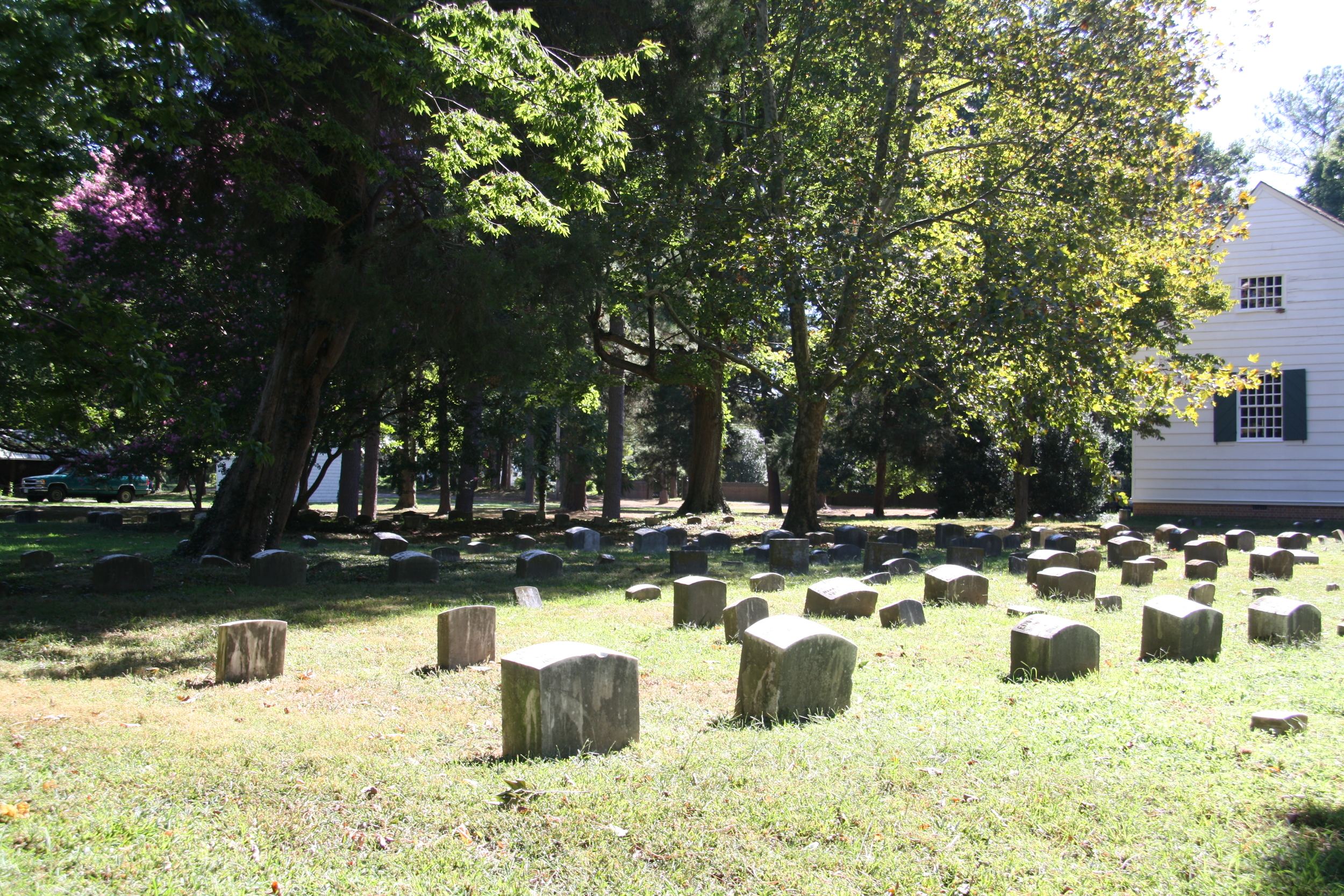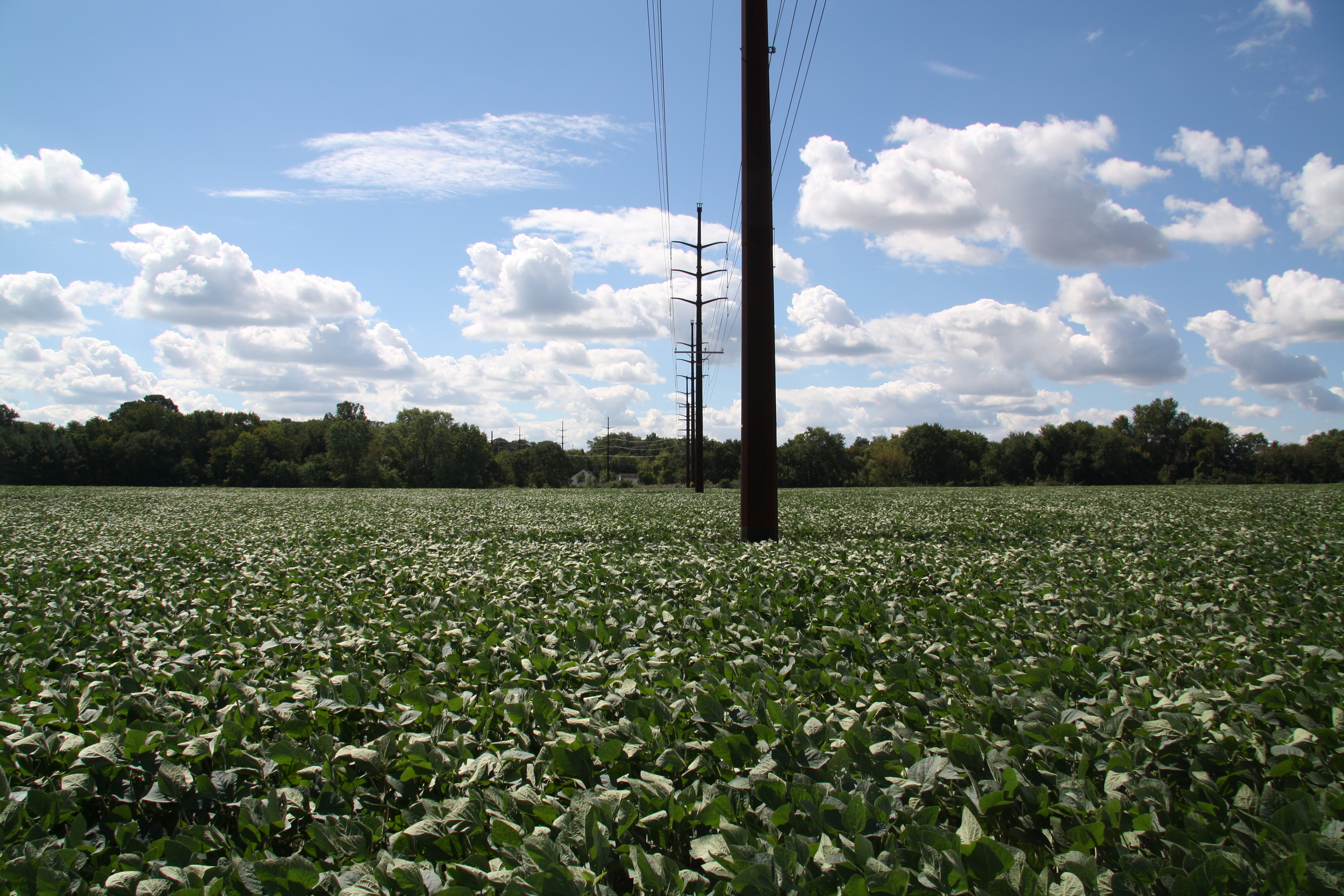EASTON TO TODD CRM RECONNAISSANCE
LOCATION: TALBOT, CAROLINE, and DORCHESTER COUNTIES, MD
CLIENT: UTILITY CLIENT
MARKET SECTOR: ENERGY UTILITY
SIZE: 18 MILES



THE OPPORTUNITY
A major energy provider proposed to upgrade an existing transmission line spanning three Maryland counties, replacing existing poles with new poles for the entire length of the 18.2-mile alignment. The need to receive various state and federal permits necessitated compliance with Section 106 of the National Historic Preservation Act. This would require taking into account the project’s potential physical effects on archaeological sites, as well as its visual effects on historic districts and structures.
THE CHALLENGE
The transmission line route is very sensitive in terms of historic and prehistoric archaeological sites as well as historic architectural resources. The alignment traverses areas of early European settlement, beginning near a historic district and a Quaker meeting house that is the oldest religious edifice still in use in the United States, and passing close to various historic mills, farm buildings, early industrial sites, and crossroads communities before ending near a second historic district. Additionally, the route crosses numerous streams, including a major watercourse of the Chesapeake Bay drainage, thus passing through many environmental settings that offered ideal locations for prehistoric Native American occupation.
THE PS&S SOLUTION
PS&S conducted a Phase IA cultural resource reconnaissance of the entire alignment. The study inventoried known historic and archaeological sites, identified areas of archaeological sensitivity, and weighed the effects of physical impacts and landscape changes that would result from the proposed upgrade. PS&S’s analysis of the project’s engineering details suggested that the project would have no physical effect on cultural resources. Further, PS&S concluded, without time-consuming and costly visual modeling and intensive field investigation, that the changes to the setting of resources along the alignment would not detract from their historic character. The Maryland Historic Trust concurred, and no additional phases of cultural resource investigation were required.
RELATED PROJECTS
DISCIPLINES INVOLVED
ENVIRONMENTAL SERVICES
